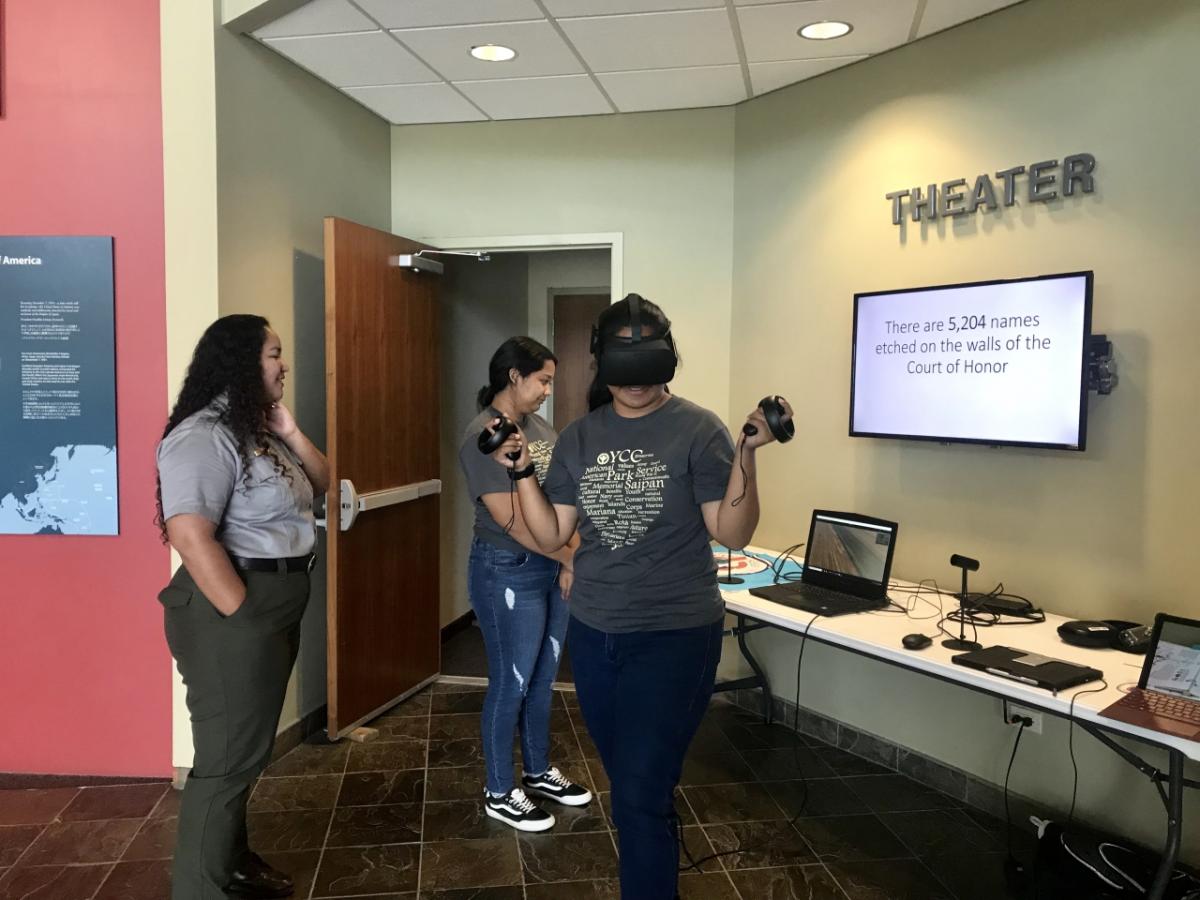Here's a VR Travel and History Lesson From a Colorado Springs High School Teacher and Arrow Electronics
Saipan is one of the most remote destinations for U.S. travelers – 30 hours of travel from North America, and that’s one way. A Colorado high school with support from Arrow Electronics has developed a virtual reality shortcut to the U.S. commonwealth’s rich culture and history.
The VR system has helped to generate a wider educational exchange program between mainland students and Saipan and other, even more remote islands in the Northern Mariana region of the South Pacific.
And the system is being considered for wider public use in museums and visitors centers.
The innovative project is the brainchild of Sean Wybrant, a career and technical education teacher at William J. Palmer High School in Colorado Springs, Colo., and winner of a 2018 Succeeds Prize sponsored by Arrow Electronics. Wybrant captured the $15,000 prize for Excellence in Technology Enabled Learning to create augmented and virtual reality learning experiences for his students as well as high schoolers in Saipan.
In the past year, Wybrant and his students have added several technologies to expand learning opportunities and ignite new collaborations.
Slip on a pair of VR goggles and you begin to virtually explore the Saipan Maritime Heritage Trail and the Battle of Saipan ,a pivotal engagement in the 1944 Pacific campaign as the Allied forces prepared to invade Japan.
Using 3D modeling, a team of six Palmer High students built the virtual museum based on research and information from East Carolina University's Maritime Studies Department and the National Park Service. The students also developed reconstructions of WWII ships and Saipan marine life on their own.
Filled with immersive exhibits featuring World War II-era ships, aircrafts, sunken vessels, monuments and marine life, the virtual museum offers visitors the ability to experience history and explore underwater archaeology without ever getting wet.
Half the Palmer high school team flew to Saipan to teach students on the island how to 3D model cultural sites to include in the museum. They also worked with the National Park Service to include a documentary video about war-torn Saipan that visitors can view through VR goggles.
“Thinking about what this project could mean to the kids on the island made me want to work on it every day,” said Palmer High senior Alejandro Garcia.
“It was such a humbling experience to go out to the island, to experience the people, to experience the culture.”
Wybrant also traveled to Rota, a more remote island, to teach students there how to use VR and augmented reality technologies – a trek made possible by the Marianas Young Professionals. Using a camera supplied by Arrow, a group of middle school girls developed an interactive map that enabled users to jump into 360-degree VR photos and videos of the island’s cultural and tourism sites.
Now a new group of Palmer students have taken over the virtual museum and continue to develop content. A completed version of the museum may eventually be displayed at East Carolina University. The National Museum of World War II Aviation is also considering having the students design an installation at its facility in Colorado Springs.
The Succeeds Prize is a partnership between Colorado’s business community, KUSA-TV, Colorado Succeeds, an education advocacy organization, and mindSpark Learning. The awards recognize and rewards Colorado’s transformational public schools and educators who are driving strong student success.
The prize is part of Arrow’s Innovation in Technology awards program honoring the world’s emerging innovators and helping them transform ideas into real and influential achievements that will help people and the communities in which Arrow works.
Learn more about Succeeds Prize sponsored by Arrow Electronics




